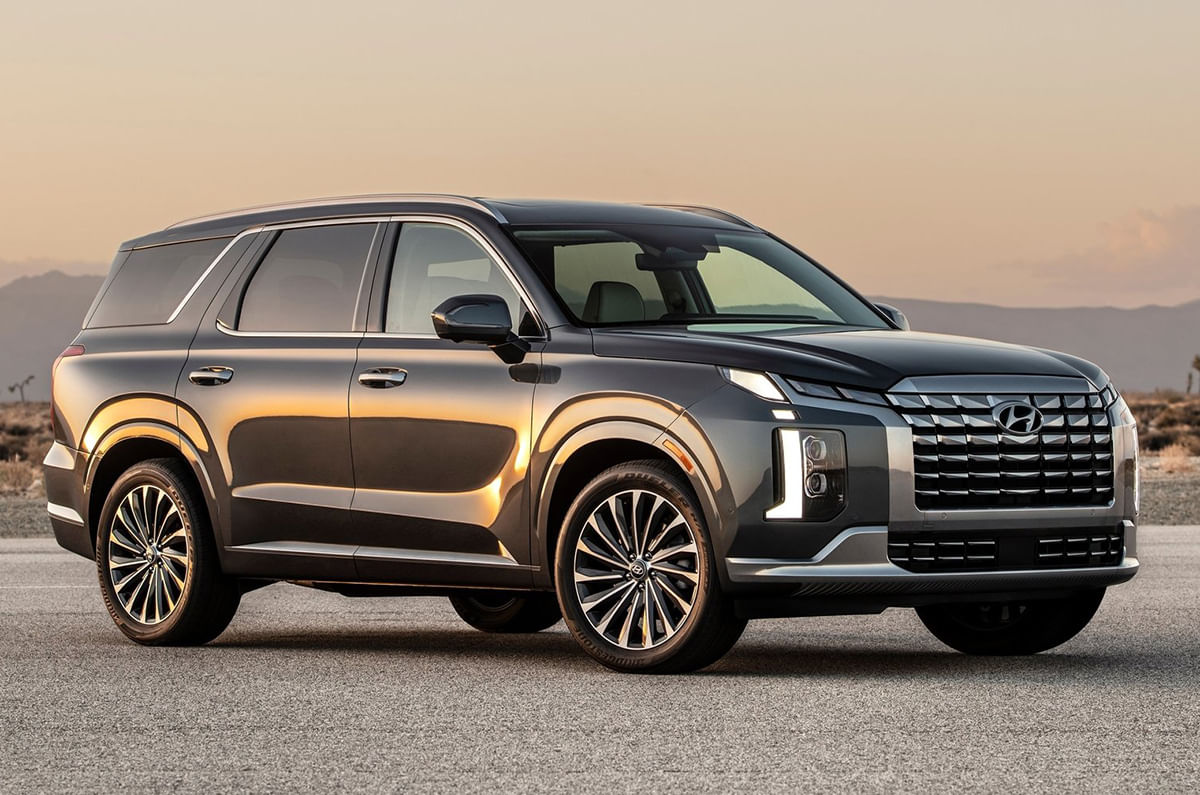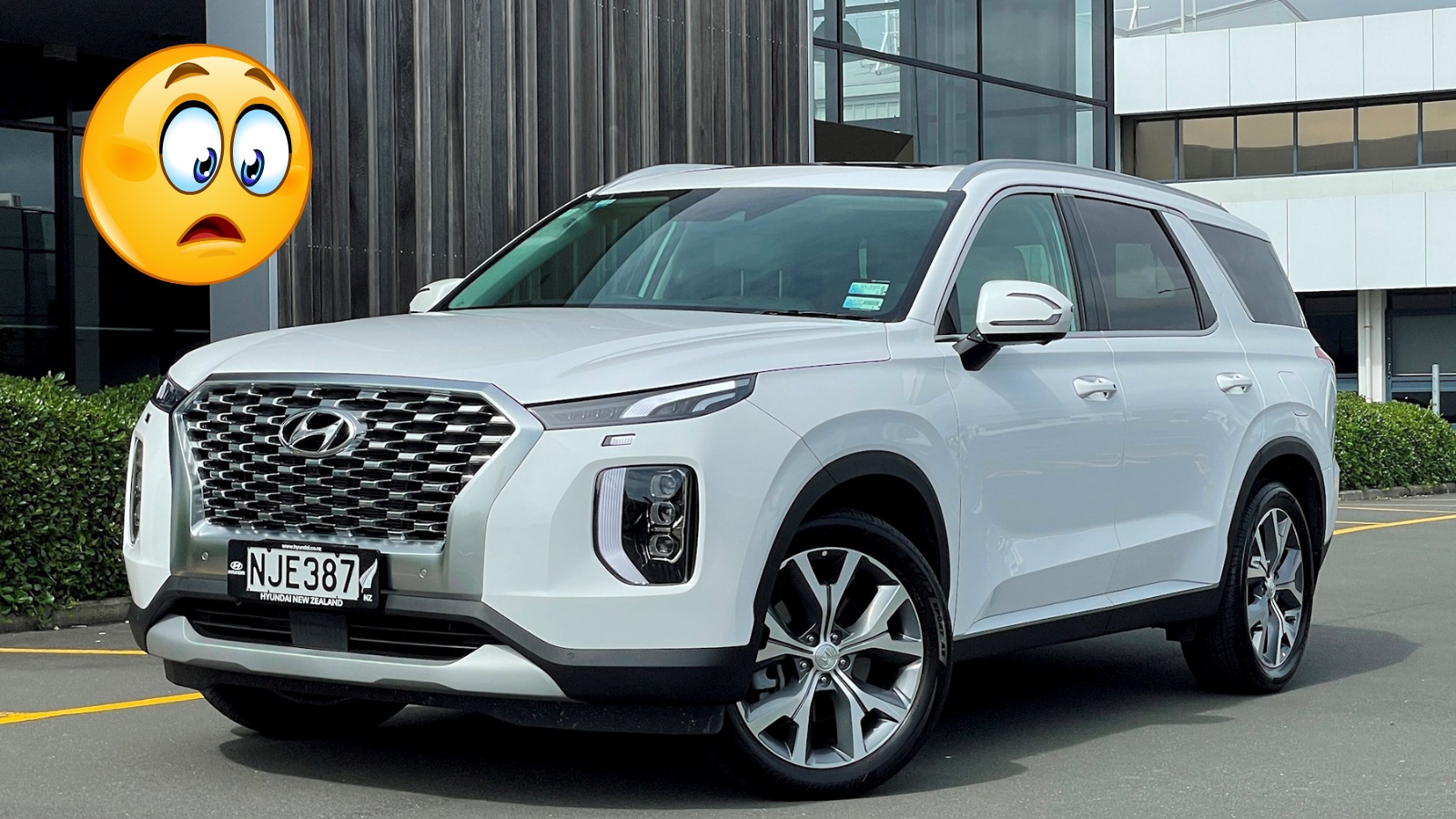The large SUV segment in Australia is about to get more competitive. Hyundai’s flagship Palisade is returning for 2026 with its biggest update yet, and this time it’s bringing hybrid technology to take on established rivals like the Toyota Kluger.
What’s New for 2026
The second-generation Palisade represents a significant leap forward for Hyundai’s premium SUV offering. For the first time in any global market, the Palisade will feature hybrid power as its primary drivetrain option when it launches in Australia during the fourth quarter of 2025.
This strategic move positions Hyundai to better compete in a market increasingly focused on fuel efficiency without sacrificing the space and capability that large SUV buyers demand.

Hybrid Technology Takes Center Stage
The new hybrid system combines a turbocharged 2.5-litre four-cylinder petrol engine with an electric motor, delivering impressive performance figures. The petrol engine produces 193kW of power and 353Nm of torque, while the electric motor adds 54kW and 264Nm. Together with a six-speed automatic transmission, the system generates a total output of 246kW.
What makes this particularly appealing for Australian families is the fuel efficiency. The hybrid achieves 8.8L/100km according to South Korean lab testing, significantly better than the outgoing petrol V6’s 10.8-11.1L/100km consumption figures.
Traditional Petrol Option Still Under Consideration
While the hybrid takes priority for the Australian launch, Hyundai hasn’t completely ruled out other powertrain options. A 2.5-litre turbocharged petrol engine, similar to the strategy used with the smaller Santa Fe, remains “under study” for local availability.
This traditional petrol option would produce 207kW and 422Nm when paired with an eight-speed automatic transmission, offering buyers choice between efficiency and traditional drivetrain preferences.
Bigger and Better Design
The 2026 Palisade grows in every dimension, addressing one of the most common requests from SUV buyers – more space. The increased size isn’t just about numbers; it translates to meaningful improvements for passengers and cargo capacity.
Key Dimension Comparison
| Dimension | 2025 Model | 2026 Model |
|---|---|---|
| Length | 4995mm | 5060mm |
| Width | 1975mm | 1980mm |
| Height | 1750mm | 1805mm |
| Wheelbase | 2900mm | 2970mm |
The exterior styling evolution maintains the Palisade’s premium positioning while introducing distinctive new elements. The signature ‘pixel’ lighting consists of five wide daytime running light segments that frame the headlight clusters, creating a bold front-end appearance.
Interior Technology and Comfort
Inside, technology takes center stage with dual 12.3-inch displays – one serving as the digital instrument cluster and another as the central infotainment touchscreen. These screens are seamlessly integrated into the dashboard design, avoiding the afterthought appearance common in some competitors.
Hyundai continues offering both seven and eight-seat configurations, recognizing that families have different needs when it comes to passenger capacity versus cargo space flexibility.
Market Positioning and Competition
The Australian large SUV market has long been dominated by the Toyota Kluger, but Hyundai sees opportunity with the new Palisade’s hybrid technology and premium positioning. The company expects a roughly 50/50 sales split between the Palisade and the recently updated Santa Fe, indicating confidence in finding distinct customer bases for each model.
Standing Out in a Crowded Field
What sets Hyundai apart is their commitment to offering two distinct large SUV options. While brands like Mazda follow a similar strategy with the CX-80 and CX-90, most manufacturers focus on a single large SUV model, potentially leaving gaps in the market that Hyundai can exploit.
Environmental Considerations
The hybrid powertrain delivers more than just fuel savings. CO2 emissions drop significantly to 114-131g/km for front-wheel drive and 131-145g/km for all-wheel drive variants, compared to much higher figures from traditional petrol engines.
This improvement becomes increasingly important under Australia’s New Vehicle Efficiency Standard, which will penalize high-emission vehicles. The hybrid’s cleaner credentials should help keep ownership costs reasonable while supporting environmental goals.
Availability and Expectations
Australian buyers can expect the 2026 Palisade to arrive in showrooms during the October-December period of 2025. While Hyundai Australia hasn’t confirmed specific trim levels or pricing, multiple variants seem likely given the model’s premium positioning and the need to compete across different price points.
The wheel size range from 18 to 21 inches suggests multiple trim levels will cater to different buyer preferences, from practical family haulers to more premium variants with larger wheels and additional features.
The introduction of new exterior colors, including Ecotronic Grey Pearl and Crazy Blue Pearl, provides buyers with fresh options to personalize their vehicle and stand out from the competition.
Frequently Asked Questions
Q: When will the 2026 Hyundai Palisade be available in Australia?
A: The new Palisade is scheduled to arrive in Australian showrooms during Q4 2025 (October-December).
Q: Will the new Palisade only be available as a hybrid?
A: Initially yes, but Hyundai is studying the possibility of offering a traditional 2.5L turbo petrol engine later.
Q: How much more fuel-efficient is the hybrid compared to current models?
A: The hybrid achieves 8.8L/100km compared to the outgoing V6’s 10.8-11.1L/100km consumption.
